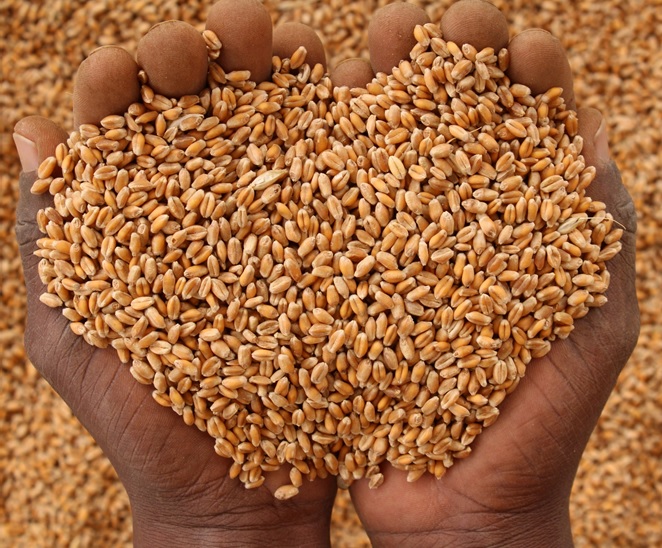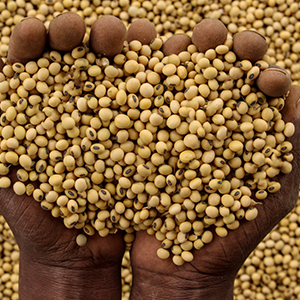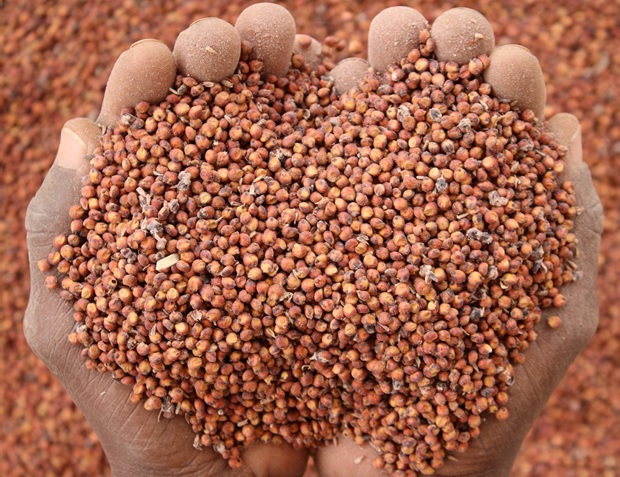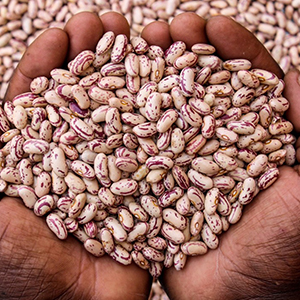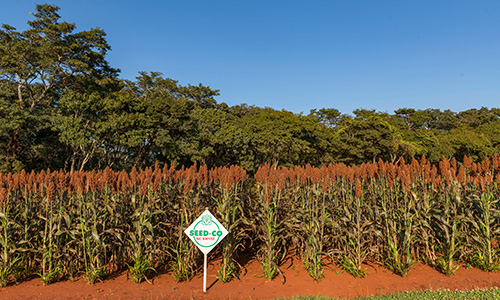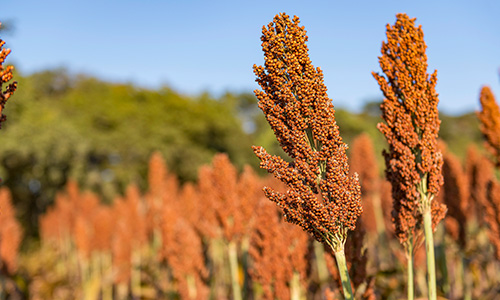A premature start, a delayed start of the season, incessant & persistent rains, floods, mid-season dry spells, heat waves, erratic and sporadic mid season dry spells and a pre-mature termination of the season, these are just but a few of the unforeseen weather vagaries associated with climate change In ZIMBABWE, AFRICA & the WORLD are posing a huge threat to food security as such we need to adapt stringent measures to survive. “Food safety involves everybody in the food chain” Mike, Johanns
The biggest threat that we are facing today is Climate change with Extreme unbearable heat waves, not so cold winter seasons, heavy rains during unexpected months, and what not, if we don’t tackle it, its consequences are deadly, hence the need for us to ascertain its causes or contributing factors, talk about it, enhance resilience to its effects, mitigate and adapt in a bid to achieve food security collectively as a country. CROP DIVERSIFICATION by Agro-ecological region is one immediate strategy that needs to be adopted guided by Agro -ecological region and access to resources.
Crops that include Sorghum (red – SC SMILE/ SC XH102) and (white SC SILA / MARCIA) coupled with sunflower, millets and legumes should be promoted especially in low rainfall regions.
In addition to this, farmers can select maize varieties from different maturity groups VARIETAL SPREAD depending on planting dates, season length and product end use from ultra early varieties in the 300 series SC 303/ 303, Very early varieties in the 400 series SC 419/ 437, Early varieties in the 500 series SC 555/ 547, Medium in the 600 series SC 659/ 657/ 661 and the yellow SC 608 and ultimately for high rainfall areas farmers can embrace the late maturity varieties SC 727 and SC 719.
The way the population is increasing coupled with the pressure on Earth’s natural resources in the coming days is undoubtedly going to increase critically. On of the main observations is the increase in sea levels on a global scale because of the increase in ocean temperatures. The small ice caps and mountain glaciers are melting faster than expected along with the Greenland’s and Antarctic Ice Sheet. These adverse climatic conditions bring changes to the usual weather pattens with some parts of the world experiencing Lanina weather conditions while other get the shorter end of the stick experience the Elnino conditions which drastically alters the rainfall season. The Southern African countries and with specific mention, Zimbabwe was hard hit by the Elnino induced drought which has affected rain-fed or dry-land crop production which is practised by over 70% of the farmers in the country. The drought conditions can affect the nation’s water supplies, agriculture, power and transportation systems, the natural environment, and even our own health and safety as such stringent measures need to b put in place to guard against and reduce the short term and long-term negative effects of climate change. Climate change not only affects the natural resources but also leads to psychological problem such as post traumatic disorders, stress, anxiety and violence among the communities.
The acknowledgement of the fact that the threat of climate change is assuming critical proportions is indeed the first step towards successful mitigation against its effects. If the present generation fails to handle this threat as boldly and swiftly as possible, then we will risk our coming generations to an irreparable catastrophe. Let’s accept this harsh reality and work towards preventing it!
Long faced with droughts and challenges accessing sufficient water, African countries have developed innovative approaches that could be shared around the world, if only they could be effectively amplified through a participatory extension approach by development partners (NGO’S e.g WFP, FAO, UNFDP, AFDB), Key stakeholders along the Agric value chain with the and to enhance adoption BY the most important stakeholder, THE FARMER….
Approaches to consider include, but are not limited to:
- Reusing or recycling Rainwater after harvesting it depending on resource endowments using pot holes, tied ridges for small scale farmers to damming and the contraction of overnight storage tanks/ reservoirs.
- Improving Groundwater Recharge by promoting water infiltration using various methods that include minimum-tillage (Pfumvudza/ Intwasa and wet ripping).
- The infiltration and retention which involves the preservation of humidity in fields through embracing conservation farming techniques that promote mulching and a permanent ground cover for ALL farmer segments.
- Developing Agro-forestry and re -forestation through deliberate tree planting initiatives starting at the grass-roots level (rural homesteads) to large scale forestry plantations this will reduce soil erosion and increase carbon sinks for carbon sequestration.
- Promoting Effective and Inclusive Consultation through farmer outreach and extension programs that dissect the meaning, effects and advise on the mitigation measure that can embraced by farmers form different Agro-ecological regions.
The7 Drought mitigation “linchpins” below are a good summary of the mitigation measures that are encouraged especially in severe drought prone areas:
- Climate Change Adaptation projects (Bee keeping, livestock, etc)
- Promotion of crop diversification & small grain drought tolerant crops
- Promotion of short season varieties.
- Water harvesting techniques.
- Encouraging Good Agronomic practices (Planting dates, optimum populations, nutrition, weed, pest management).
- Conservation agriculture – GUIDED BY THE 3 PRINCIPLES .
- Investment in IRRIGATION, IRRIGATION, IRRIGATION, “full stop”.
By Increasing investments in market infrastructure & linkages, cross pollination of ideas & technologies and other incentives to remove the parochial, in-boarder inclined mindset giving way to a more extensive “borderless” thinking mentality (GLOBAL VILLAGE MINDSET) and devising mechanisms to support African farmers to adopt climate smart policies, technologies, and practices, including afforestation and rehabilitation of degraded lands, wetlands, and protected, embracing renewable sustainable energy sources like solar & wind (God knows our continent has an these in abundance) and promoting these through farmer exchange programs. We definitely need to collectively explore areas to enhance carbon sequestration and reduce carbon losses.
Achieving food security and sustainable agricultural development in Africa is a goal that requires innovative solutions, strategic partnerships, and “box-less” collaborative efforts.
“We cannot direct the wind, but we can adjust the sails.” – Dolly Parton
By Wendy Madzura
Head of Agronomy Services Seed Co Zimbabwe
 Zimbabwe
Zimbabwe Seed Co Group
Seed Co Group Botswana
Botswana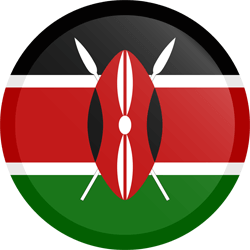 Kenya
Kenya Malawi
Malawi Nigeria
Nigeria Tanzania
Tanzania South Africa
South Africa West & Central Africa
West & Central Africa Zambia
Zambia

